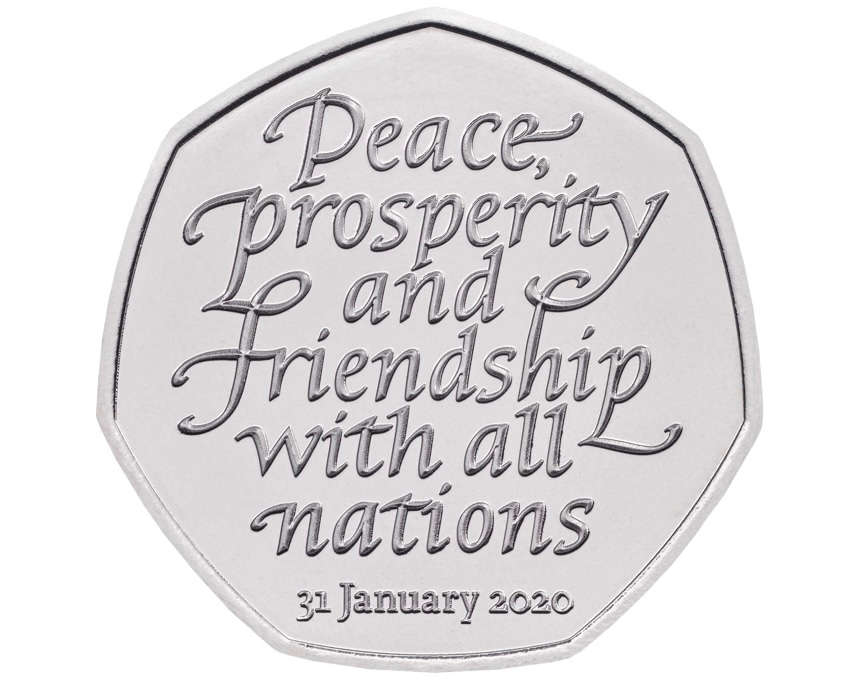Warning Against Overpriced Coins: “Stick Figure” and “Woman on a Bull” Designs Aren’t Just Found in Europe
By Sebastian Wieschowski
In recent months, alleged rarities from circulation change have also been making headlines in the United Kingdom. The British newspaper The Mirror issued a stern warning for coin collectors. It reported on a TikTok user highlighting a controversial listing: a 50p coin sold for an astonishing £20,000—despite its true value being no more than its face value of 50p. This story serves as a caution against misleading online offerings.
According to The Mirror, the coin in question is the “Brexit 50p,” minted to mark Britain’s planned, then completed, withdrawal from the EU on 31 January 2020. Production of these coins was paused due to Brexit delays but resumed later. Despite a high mintage of over five million coins, these pieces frequently appear in online auctions at exorbitant prices.
TikTok Influencer Shines a Light
The TikTok user, known as @CoinCollectingWizard, urged his followers to be cautious when evaluating such coins. As reported by The Mirror, he stressed that such listings often have a deceptive aspect. He advised collectors to focus on completed sales rather than being swayed by the inflated prices seen in current listings.
The Mirror further explained that this issue is compounded by the growing popularity of coin collecting in the UK. More people are showing interest in rare coins, leading some sellers to exploit the trend by charging steep prices for otherwise unremarkable examples. Newcomers to the hobby, in particular, are often most vulnerable to such scams.
A key point of the tabloid’s article is encouraging collectors to conduct thorough research. The Mirror recommends closely examining coins’ visual details, weight, and diameter. A coin’s history can also offer important clues about its authenticity. For uncertain cases, British collectors are advised to consult experts like Coin Hunter or ChangeChecker.
Questioning Astronomical Prices
Moreover, the article highlights the importance of critically assessing offers. The Mirror warns against being dazzled by stories of supposed “value increases” or allegedly rare pieces. Instead, collectors should rely on solid information and trusted sources.
The TikTok user also used his post to humorously highlight the absurd price discrepancy. His video starts with a scene in a private jet, purportedly funded by selling the overpriced coin. He clarifies: “This 50p coin really is just worth 50p.”
Can Social Media Combat Misinformation?
The Mirror’s coverage shows that social media can play a role in raising awareness of these issues. The TikTok post garnered numerous likes and comments, indicating growing recognition of the problem. Ultimately, The Mirror appeals to collectors’ common sense, urging them to remain cautious and critical. The article concludes with the message that knowledge and research are the best tools for avoiding fraud in the coin world.








